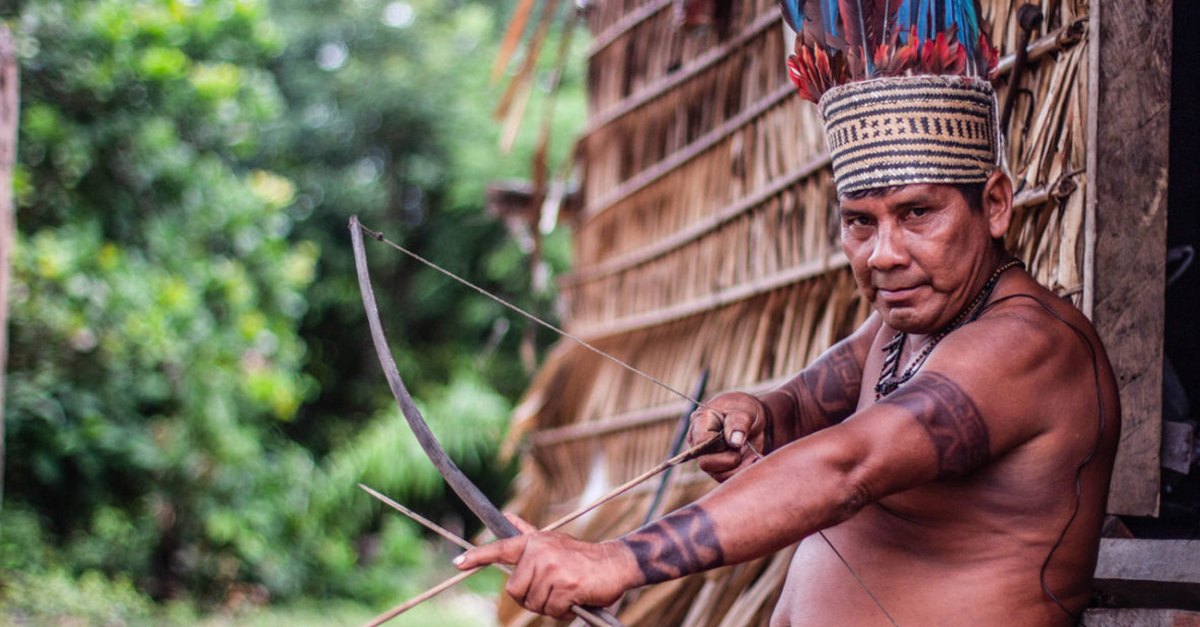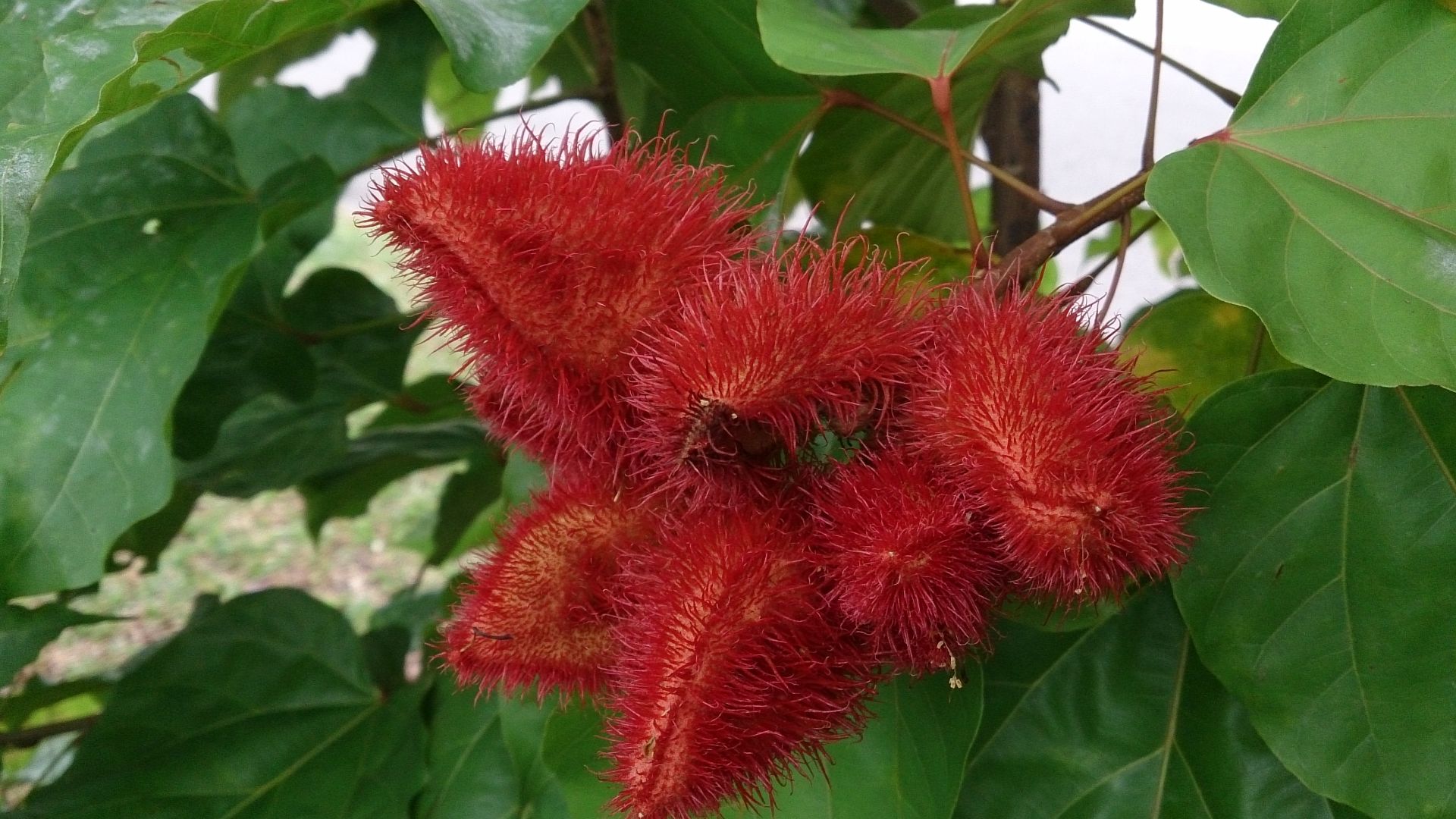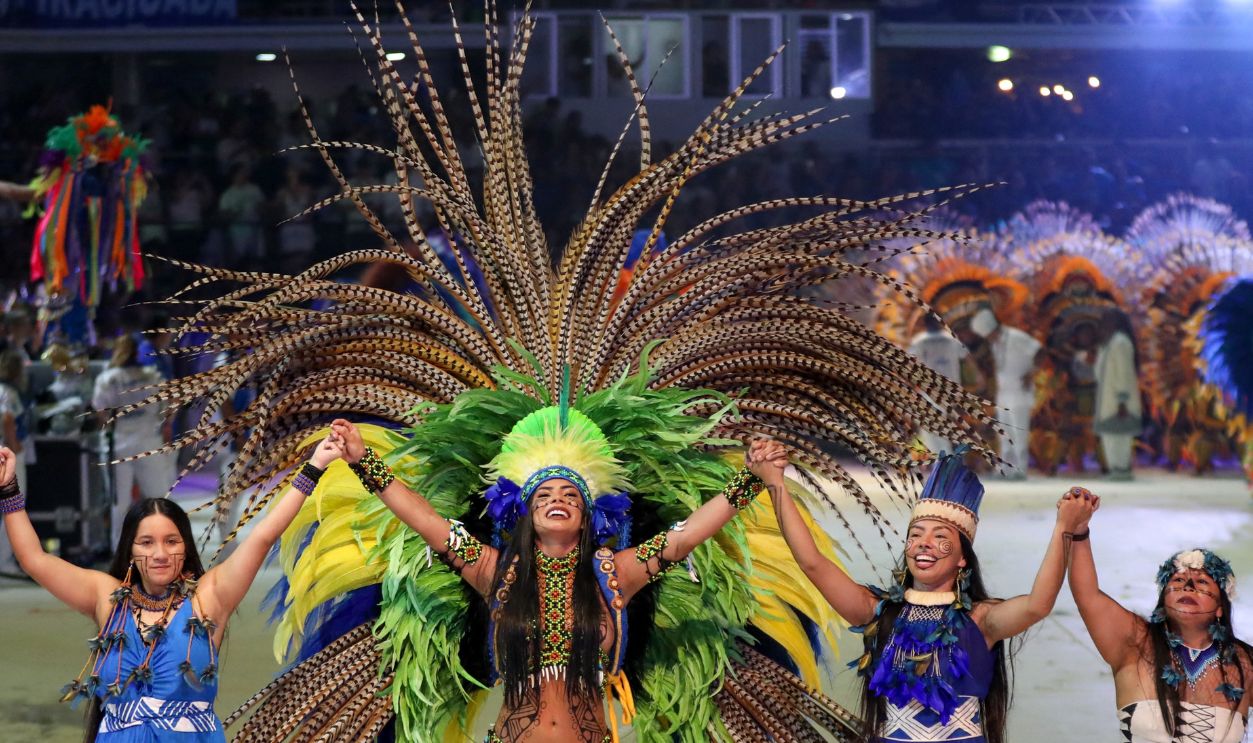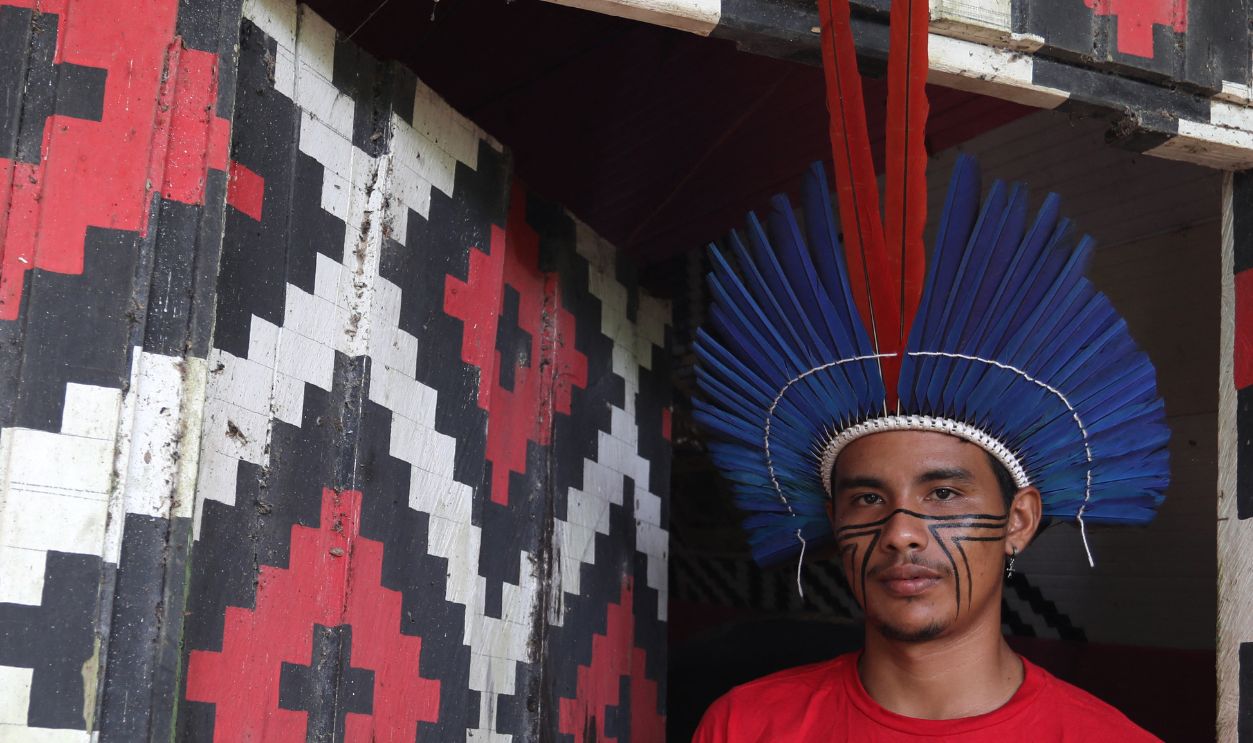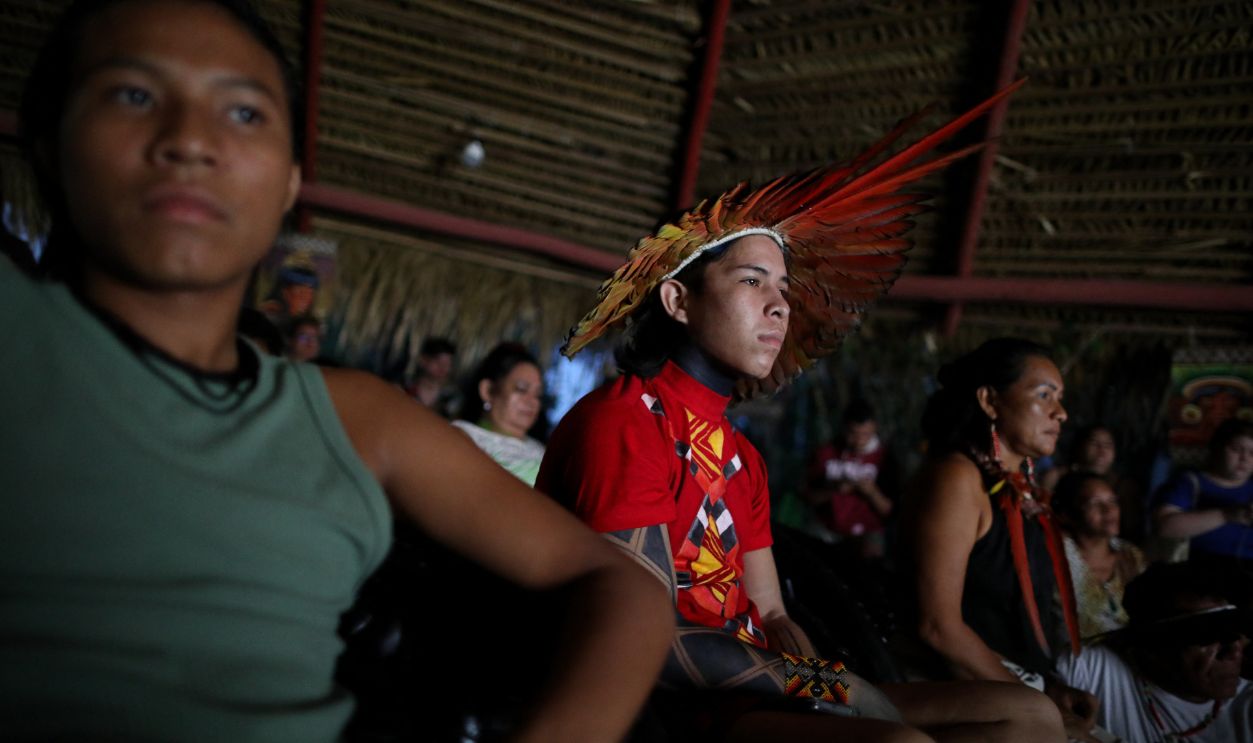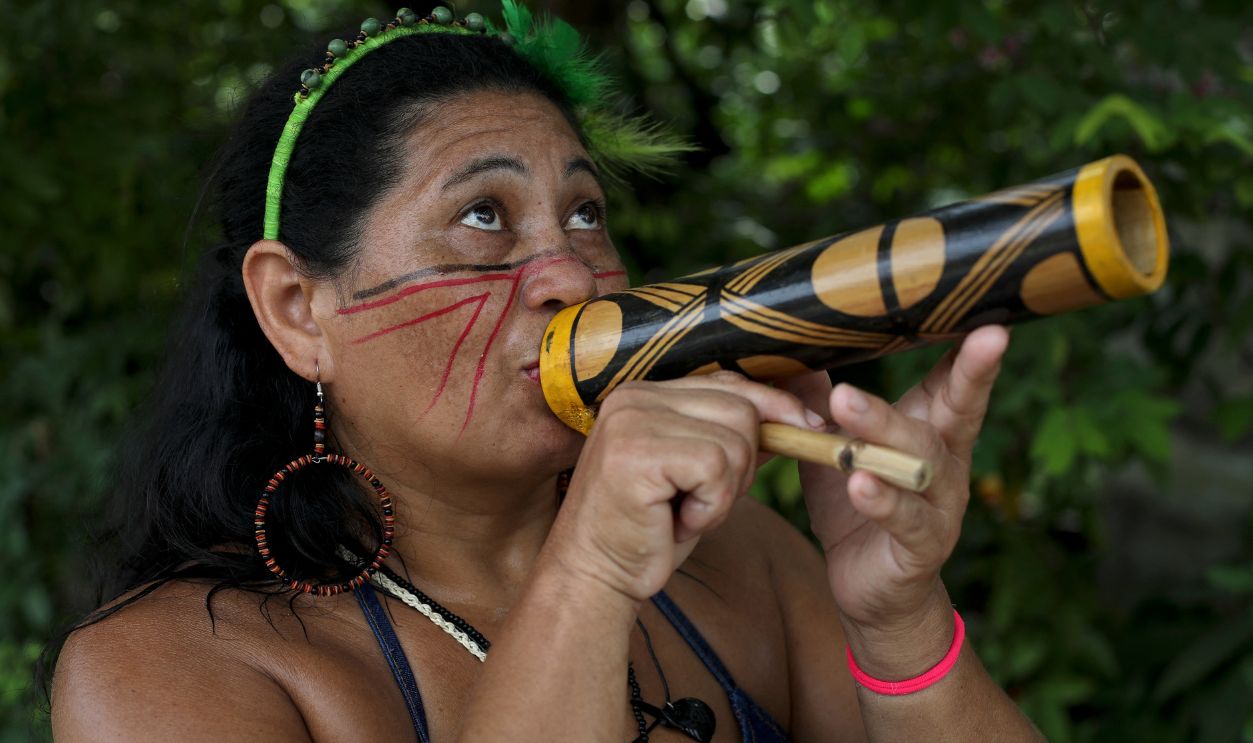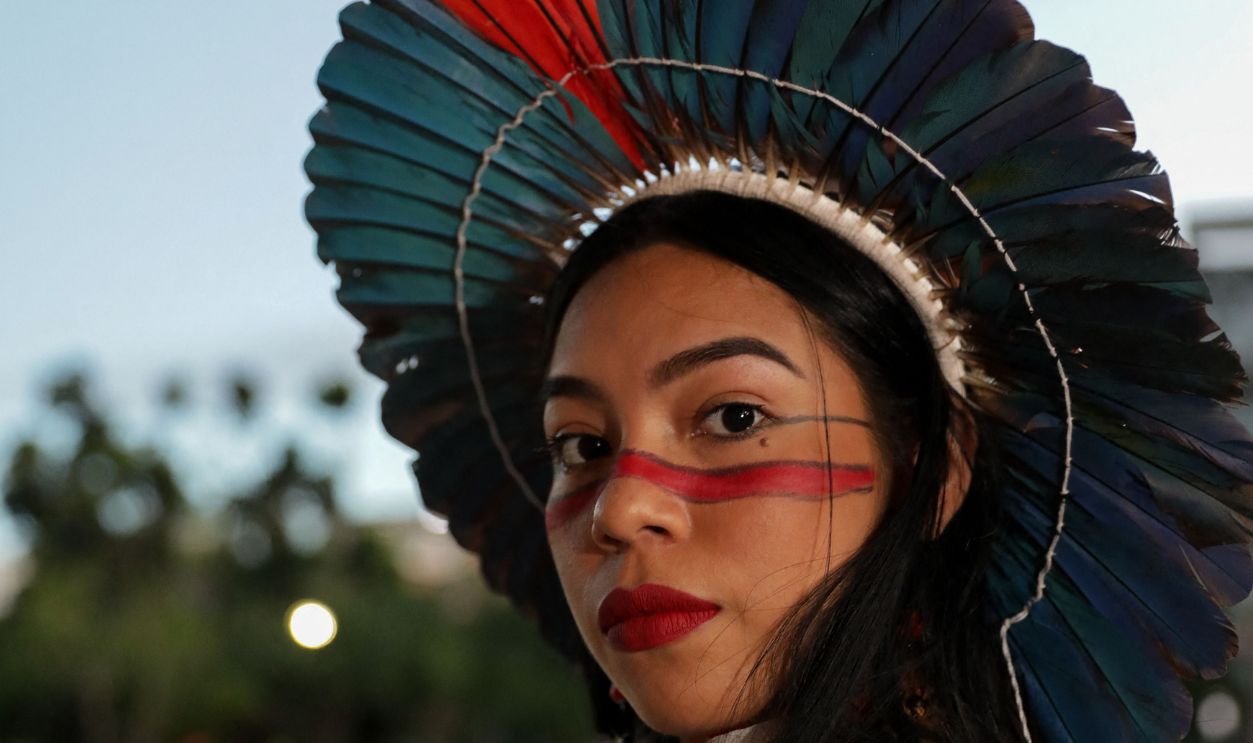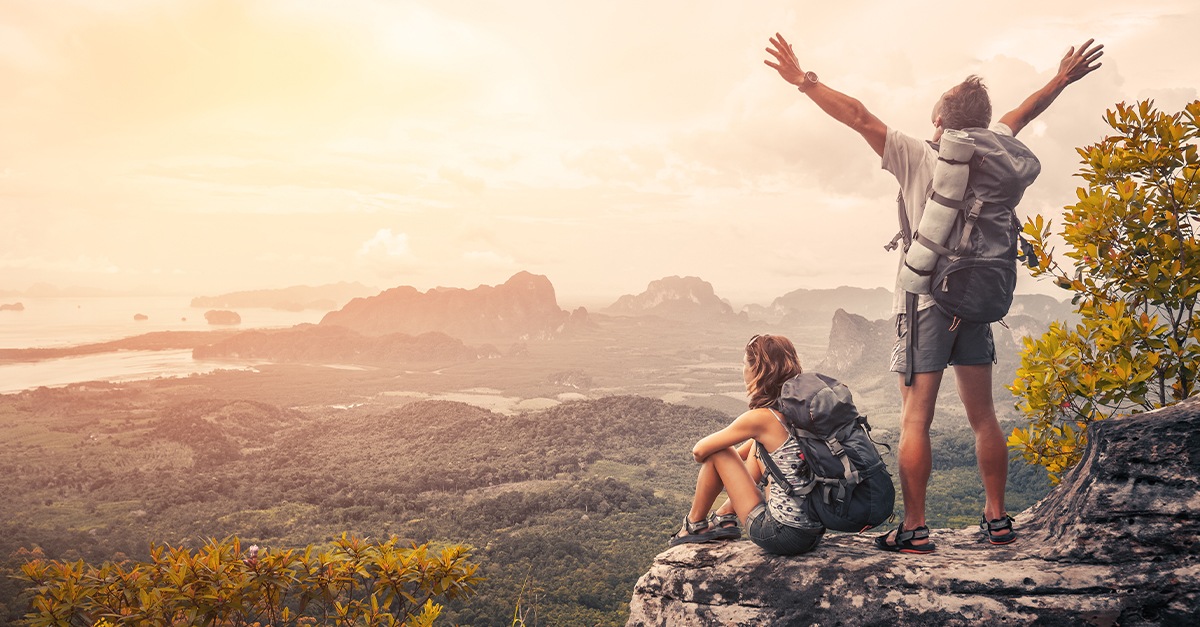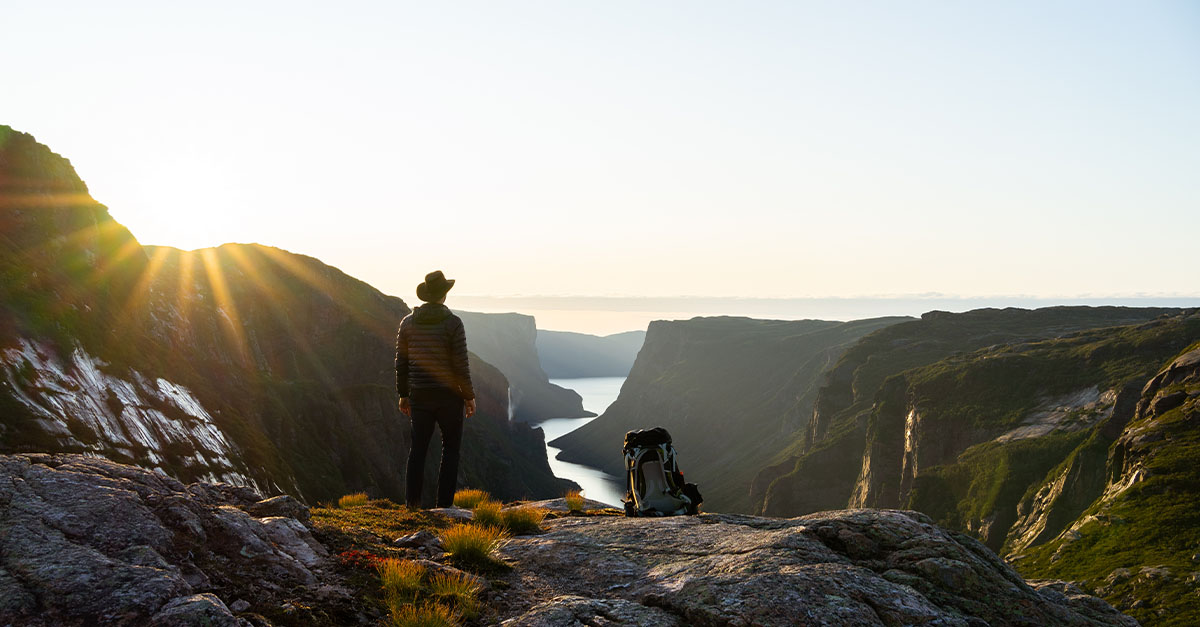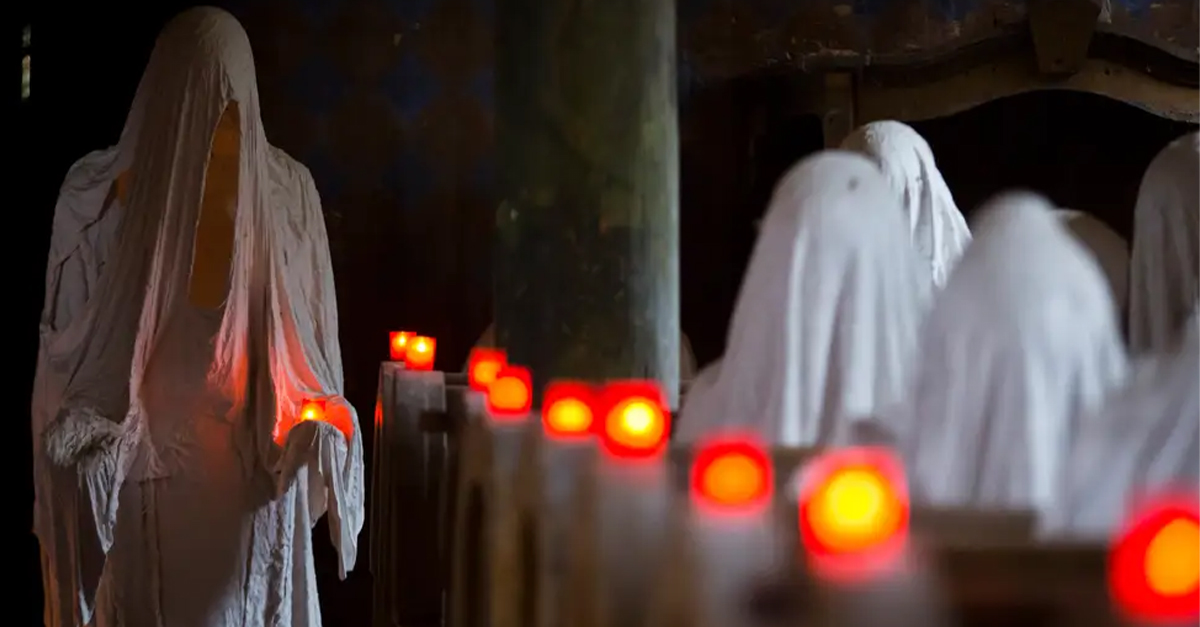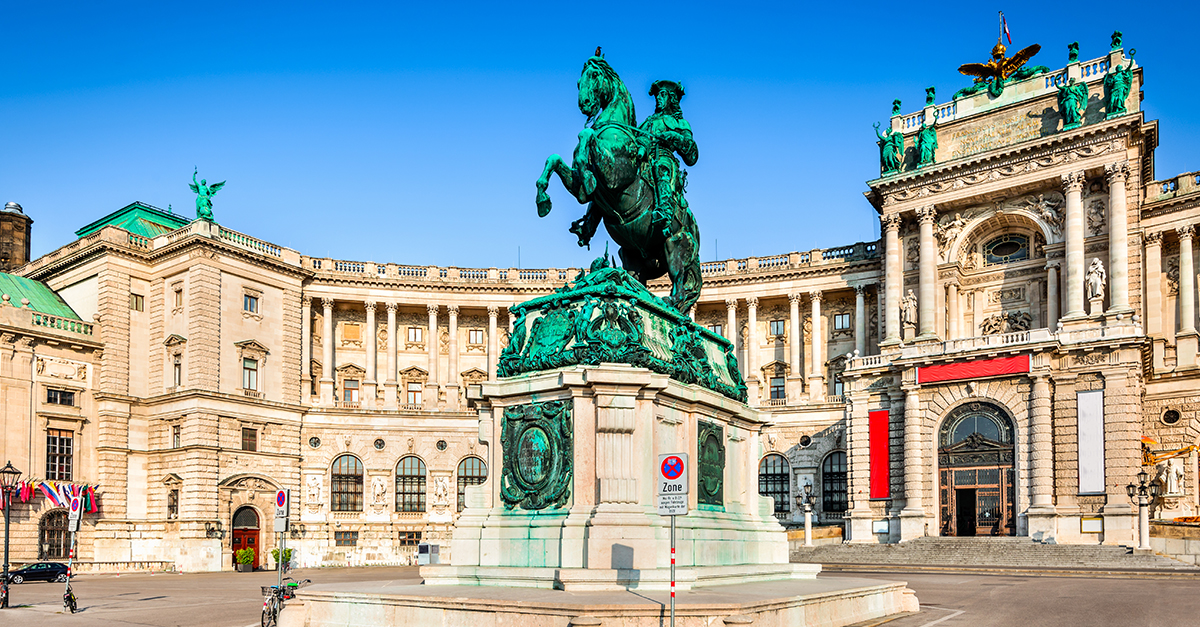Get To Know The Mawé People
In the heart of the Brazilian Amazon is where you’ll find the Mawé, also called the Sateré-Mawé. They number about 13,000 and are mostly found along the banks of the Madeira and Tapajós Rivers. Their unique rite of passage involving bullet ants is what makes them most famous to outsiders, but their culture is much more complex than this one custom.
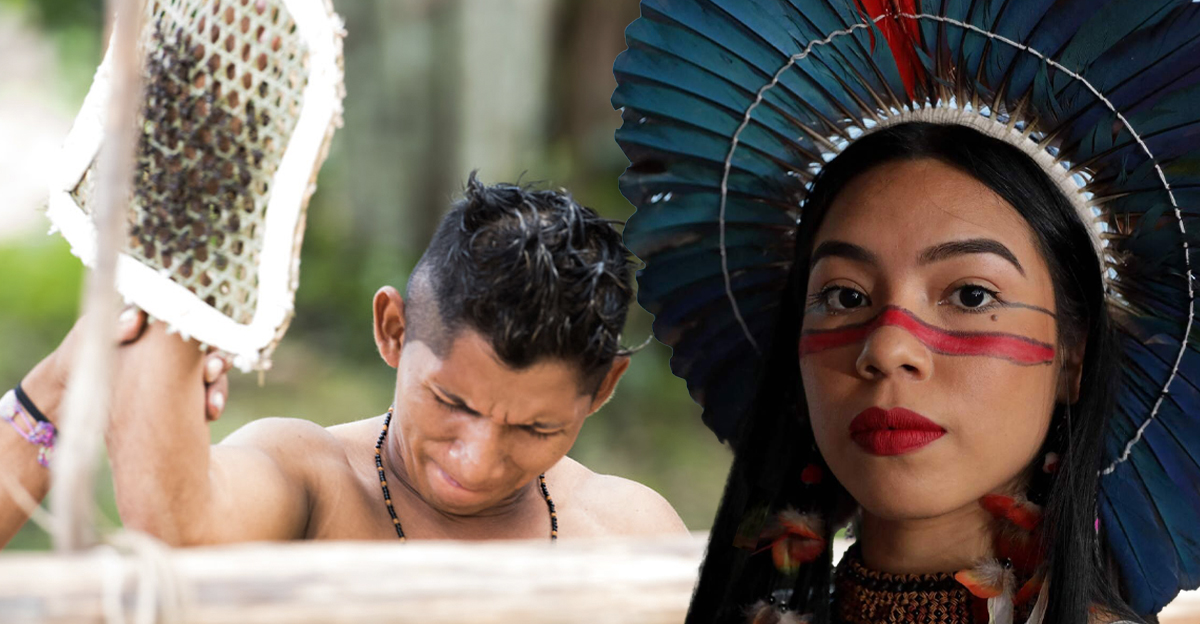
A Rich Legacy In The Amazon
The Mawé have a long history that predates the arrival of Europeans by many centuries. Their ancestors were semi-nomadic forest people. The Mawé were one of the first Indigenous groups to come into contact with Portuguese colonists, and they fiercely opposed attempts at forced relocation and assimilation.
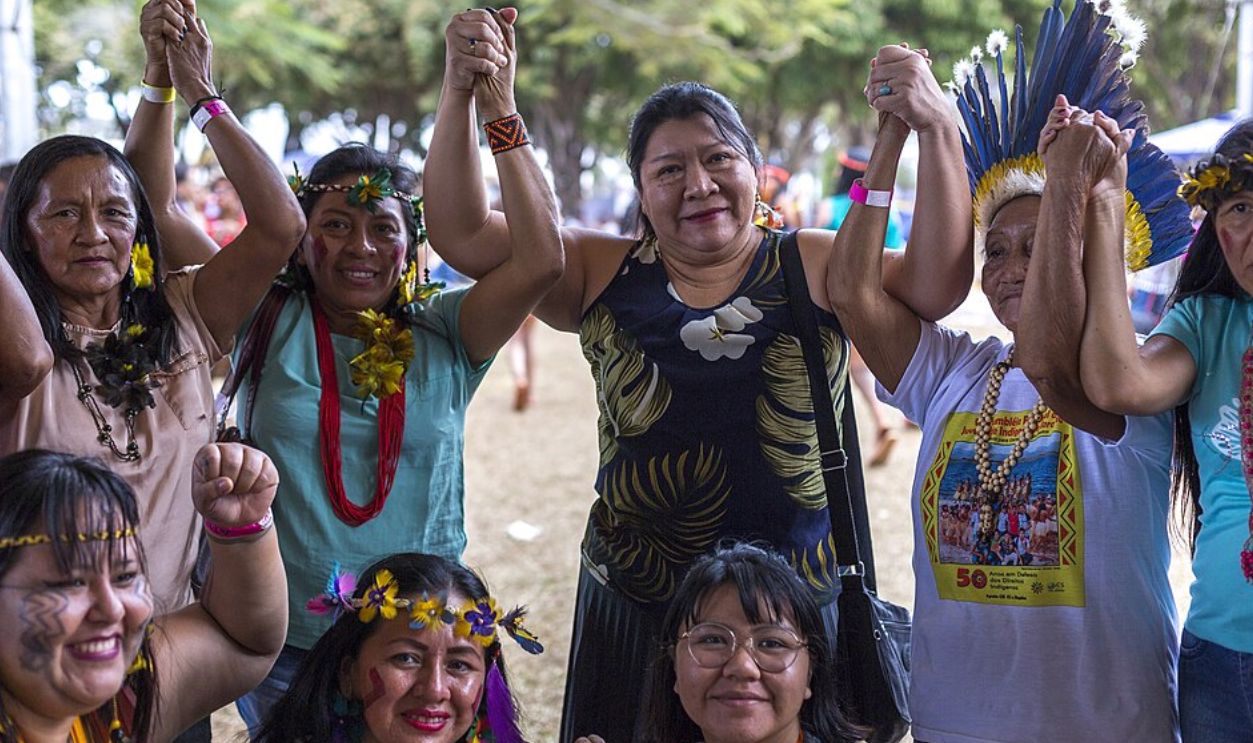 Apib Comunicação, Wikimedia Commons
Apib Comunicação, Wikimedia Commons
Identity And Language
The Mawé speak the Sateré-Mawé language, which is part of the Tupian linguistic family. Through their language, they’ve been able to keep their spiritual beliefs, knowledge of the land, and collective memory. In recent years, there have been attempts to teach the Mawé language in nearby schools, and songs and oral poetry are essential for sharing their history and morals.
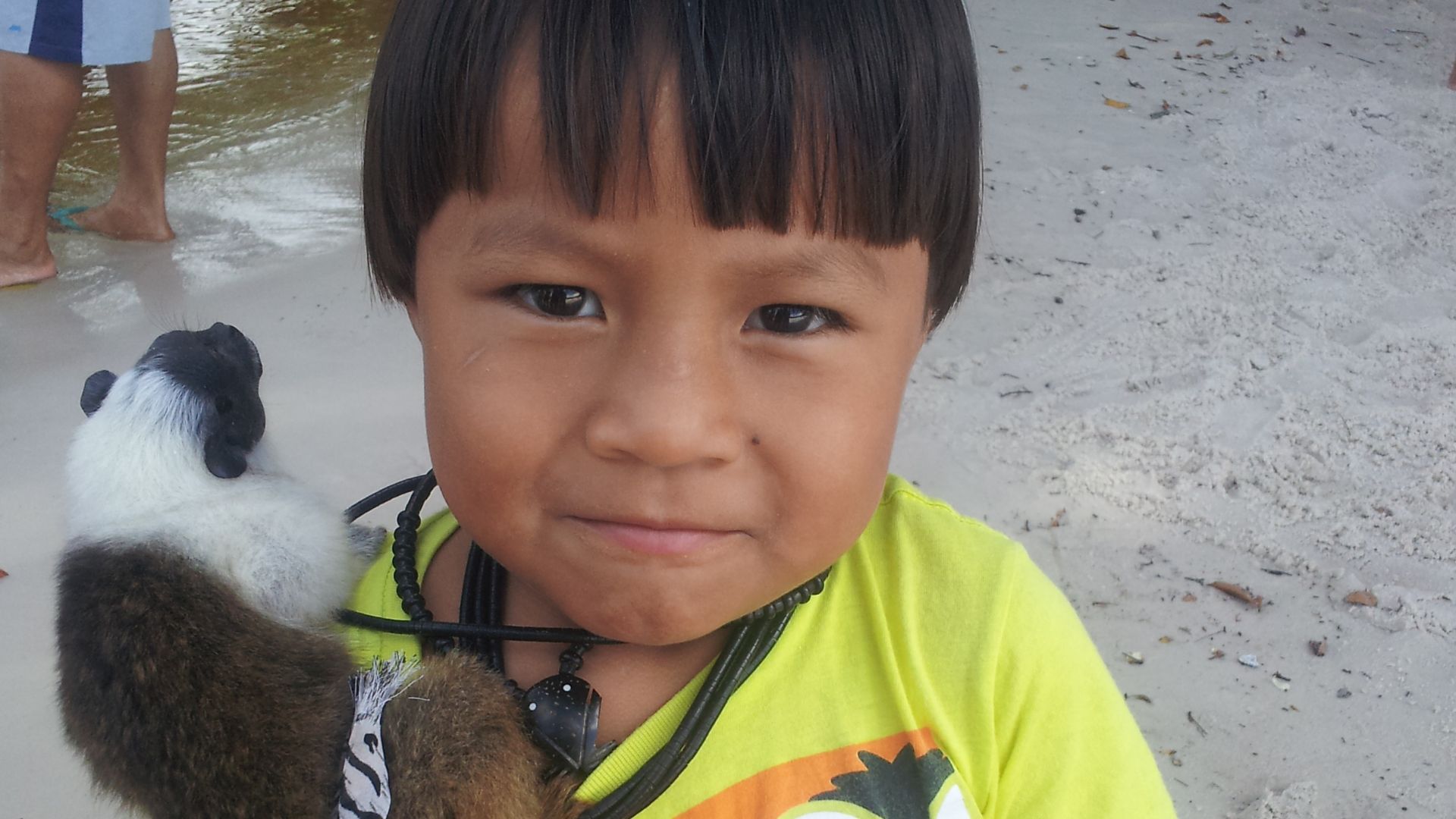 Joelma Monteiro de Carvalho, Wikimedia Commons
Joelma Monteiro de Carvalho, Wikimedia Commons
Ancestral Land
The Andirá-Marau Indigenous Territory, which spans more than 700,000 hectares, is home to the Mawé. Historically, the Mawé have made their living through farming, fishing, and forest foraging. The Mawé have become land guardians as a result of illegal loggers targeting their ancestral homeland over time.
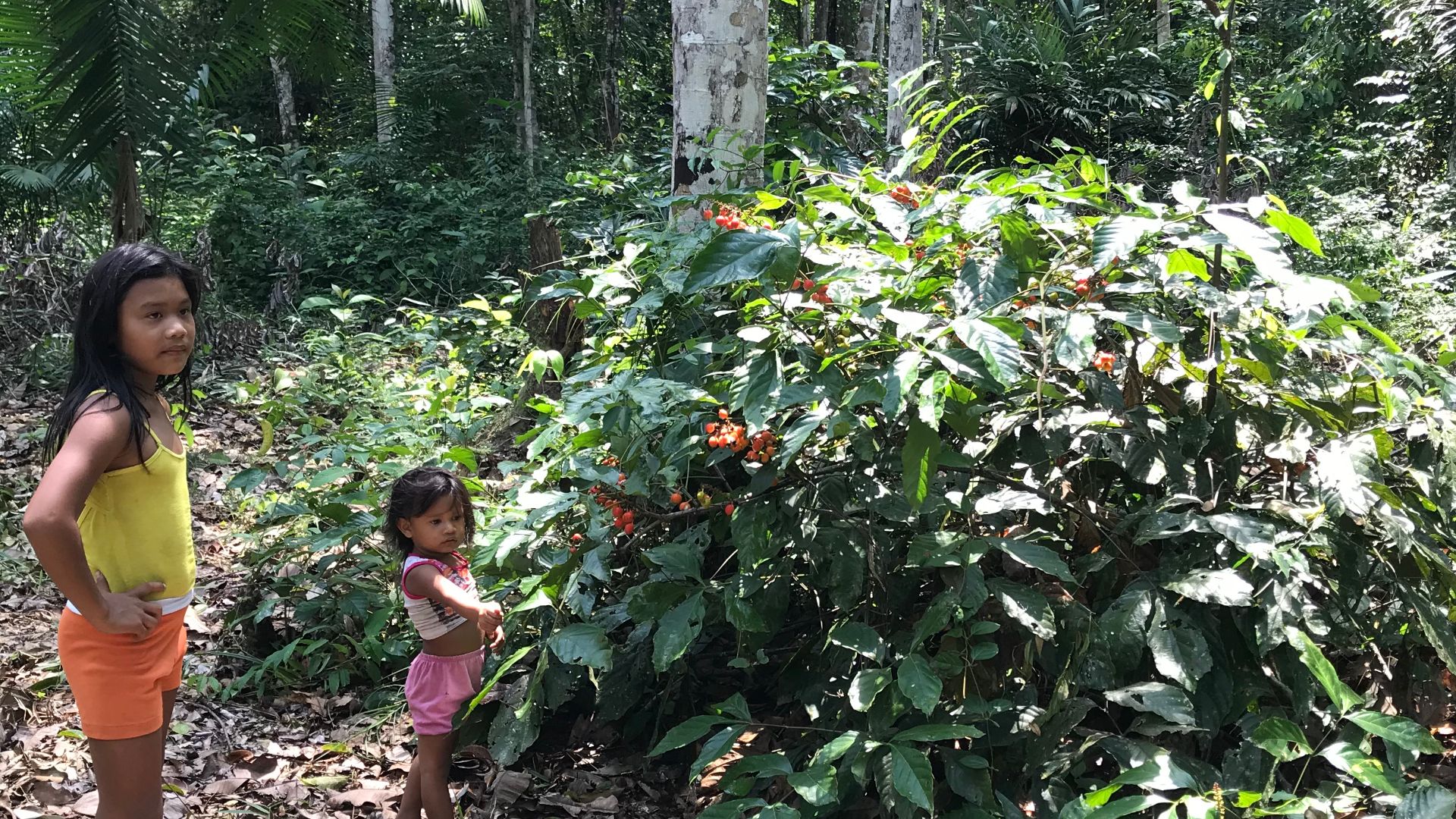 Abyayalataprobane, Wikimedia Commons
Abyayalataprobane, Wikimedia Commons
Their Spiritual Beliefs
The deeply animist worldview reflected in Mawé cosmology holds that spirits inhabit all aspects of nature, including trees, rivers, and animals. The forest is sacred and alive, with spiritual beings affecting hunting success, weather, and health. Pajés, or shamans, act as a bridge between the spirit and human realms. The shamans call upon spirits during ceremonies for protection and healing, or seasonal changes.
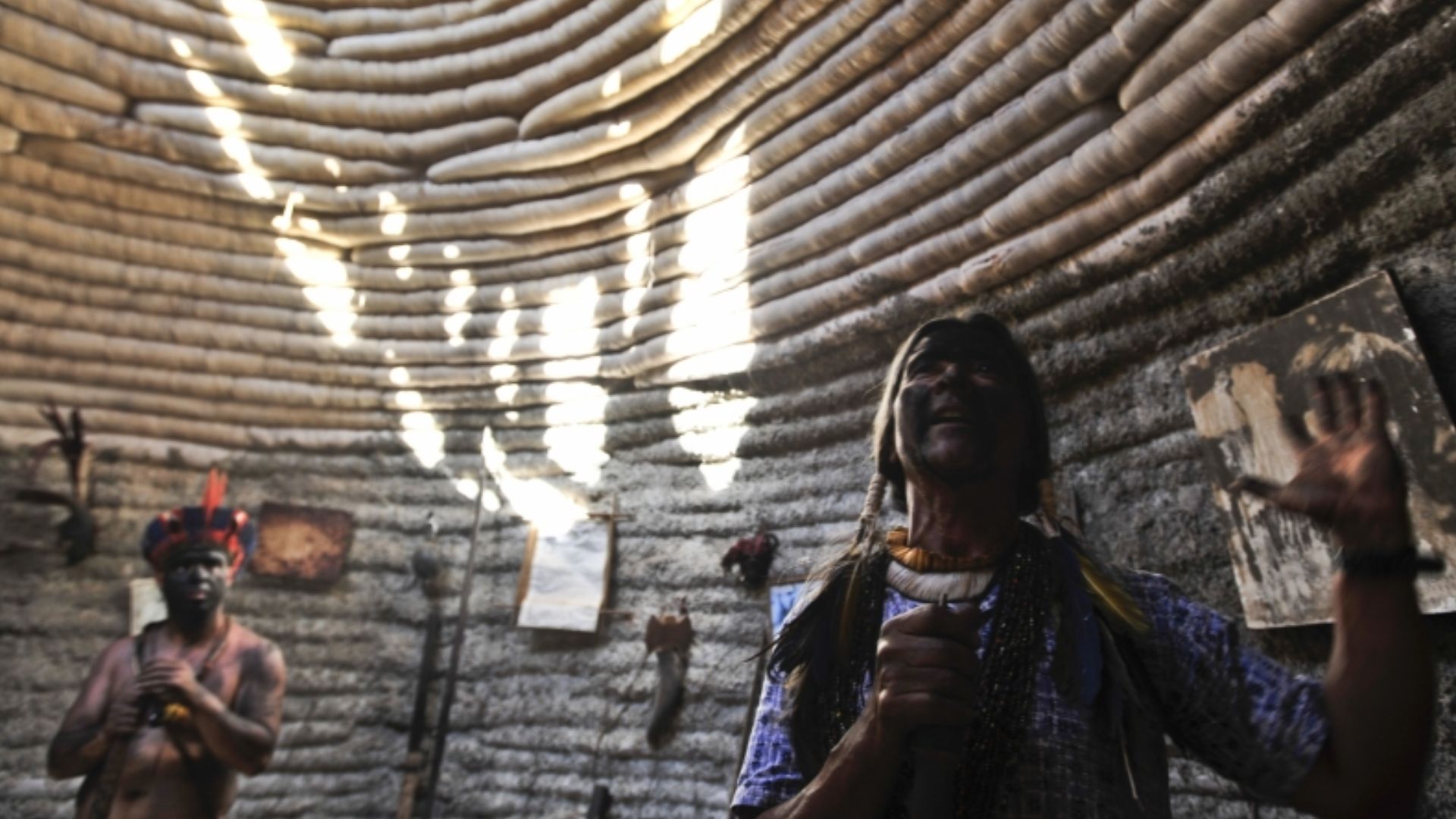 Marcello Casal Jr./Agência Brasil, Wikimedia Commons
Marcello Casal Jr./Agência Brasil, Wikimedia Commons
Growers Of Guaraná
The Mawé were the first to grow guarana, a vine that has seeds that are high in caffeine content. Traditionally, the seeds are ground into a powder and mixed with water after being dried and roasted. Guaraná is revered and used in ceremonies to increase stamina, focus, and spiritual awareness.
 Le Comptoir Vanille, Wikimedia Commons
Le Comptoir Vanille, Wikimedia Commons
Life In The Rainforest
A harmonious relationship with the land and communal values are the cornerstones of Mawé daily life. Men hunt, fish, and clear small plots for guaraná, bananas, and manioc. Women prepare meals for the group, tend gardens, and gather fruits and herbs. Instead of receiving formal education, children learn through storytelling and imitation. In the forest, time is not measured in hours but rather in community needs and forest cycles—the rise and fall of rivers and the migration of animals are just some of the natural rhythms of Mawé life.
 David Evers, Wikimedia Commons
David Evers, Wikimedia Commons
Mawé Clothes And Body Art
Traditionally, the Mawé wore cotton loincloths, feather ornaments, and body paint made from urucum (annatto) and genipapo fruits. Nowadays, Western-style clothing is occasionally worn. The colors that the Mawé use in their clothes have symbolic meanings, and are usually associated with one’s status, relationship to animal spirits, and protection. During ceremonies, they wear headdresses, necklaces, and armbands that are made from bird feathers, bones, and seeds.
Storytelling, Dancing, And Music
Mawé culture revolves around music and dance. Traditional songs that narrate myths and Mawé history are accompanied by ceremonial flutes, rattles, and drums. Moral codes and important life lessons are passed down through storytelling from elders. Dance performances commemorate important life events, such as harvests, initiations, and births. These forms of artistic expression are essential for maintaining culture and strengthening a sense of community.
Social Structure
Mawé society is organized into clans based on kinship, and each clan has their own traditions and animal spirits. Elders are usually leaders within the clan, but other leadership roles can be earned depending on how generous or respected a person is within the clan. When it comes to making decisions or resolving conflicts, the Mawé like to use group discussions and consensus. Equality, collaboration, and a strong sense of group responsibility are all important in Mawé society.
Protecting Their Culture And Education
Mawé culture used to be threatened by formal education, especially when their children were sent to boarding schools. Nowadays, NGOs frequently fund educational programs that empower Mawé youth and strengthen their sense of cultural pride. In school, some classes teach the kids about their oral histories, how to navigate the forest, and herbal medicine.
Obstacles And Opposition
Because of globalization, the Mawé have had to fight to protect their land against illegal loggers and mining operations. In recent years, the Mawé have joined with environmental groups and taken to social media to spread awareness about the threats to their homeland.
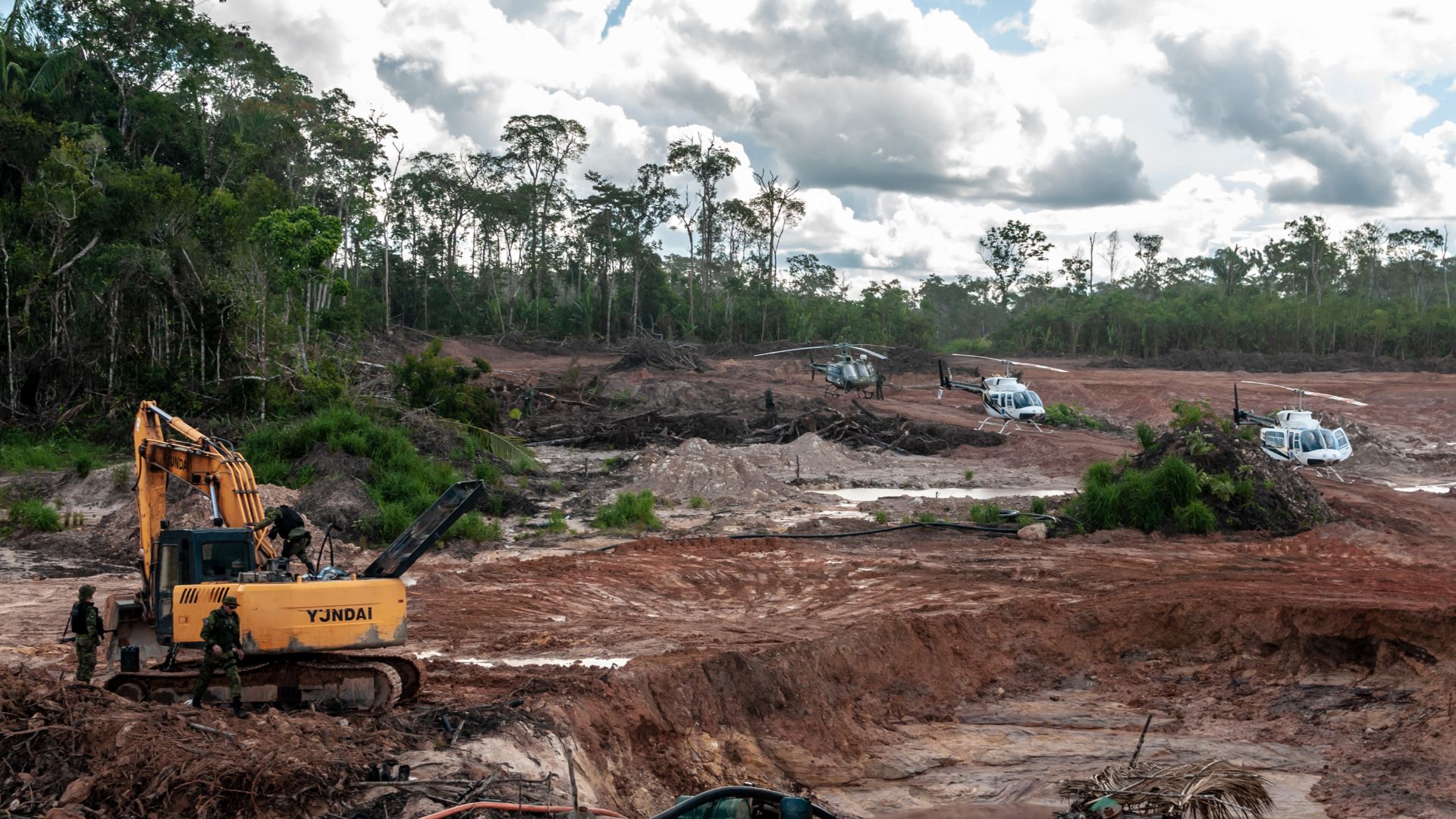 Ibama from Brasil, Wikimedia Commons
Ibama from Brasil, Wikimedia Commons
Their Infamous Rite Of Passage
Before Mawé men become warriors, they must go through a harrowing initiation ritual involving bullet ants, or "tucandeira". These ants give one of the most agonizing stings in the world, leaving victims with severe burning and paralysis of the muscles. Only young boys making the transition to adulthood are eligible for the ceremony, and their families and elders watch the ritual to support the initiate.
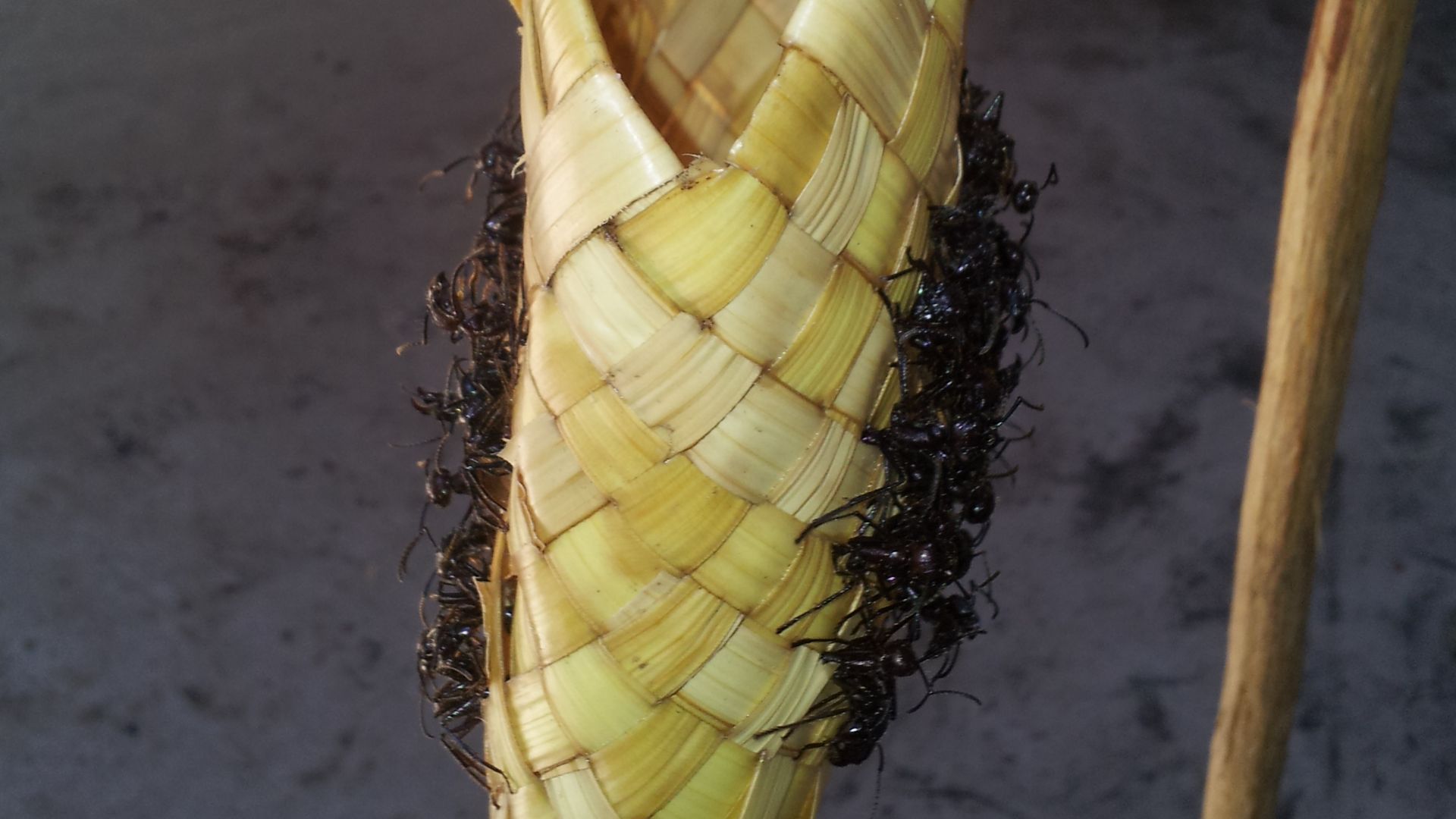 Joelma Monteiro de Carvalho, Wikimedia Commons
Joelma Monteiro de Carvalho, Wikimedia Commons
The Painful Path To Manhood
Before the ritual, the bullet ants are sedated with herbs. Then, their stingers are woven into leaf gloves. When the ants finally wake up, they are furious and ready to attack anything that moves. During the ritual, the boy must put on the ant-infested gloves and dance and chant for 10 minutes. He must keep his hands motionless and must not express any of the excruciating pain he is feeling. The pain, selling, and numbness last for days—and if the elders don’t think the boy showed enough resolve to be a true warrior, he must repeat the whole ritual again.
 James Martins, Wikimedia Commons
James Martins, Wikimedia Commons
Enduring The Ritual
According to Mawé elders, the pain of the ritual causes the initiate to undergo a spiritual transformation. It also fosters emotional strength, teaching the boy the importance of responsibility, humility, and resilience. After the ritual, the initiate—now seen as a man—is welcomed into adult society with blessings and a feast.
 James Martins, Wikimedia Commons
James Martins, Wikimedia Commons
The Spiritual Significance Of The Ritual
The bullet ant ritual represents a boy's rebirth as a warrior who defends his people and land. It is believed that pain is a sacred purifier that burns away immaturity and gets the soul ready for more responsibility. And, since the initiates’ families celebrate and support them through the ritual, the ritual is also a way of strengthening community ties.
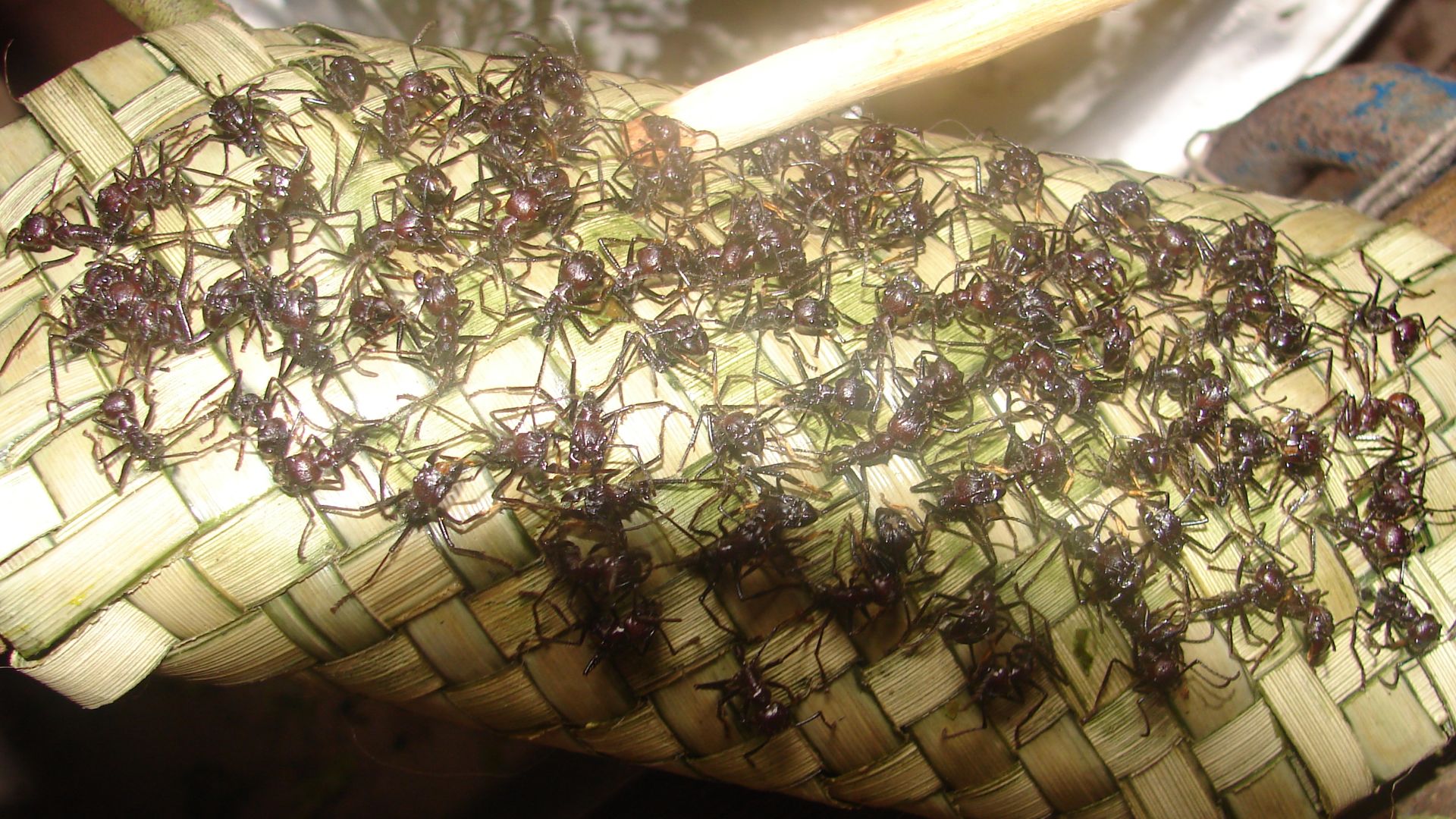 Joelma Monteiro de Carvalho, Wikimedia Commons
Joelma Monteiro de Carvalho, Wikimedia Commons
International Interest In The Bullet Ant Ritual
Increased media attention has led to the bullet ant ritual becoming sensationalized. Some Mawé are concerned about people making a mockery of their culture, but others see this as an opportunity to share their culture. The ritual has been featured in survival shows and documentaries in recent years. The Mawé stress that it is a sacred tradition rather than a form of entertainment, and they still control when and how outsiders are permitted to observe or record their ceremonies.
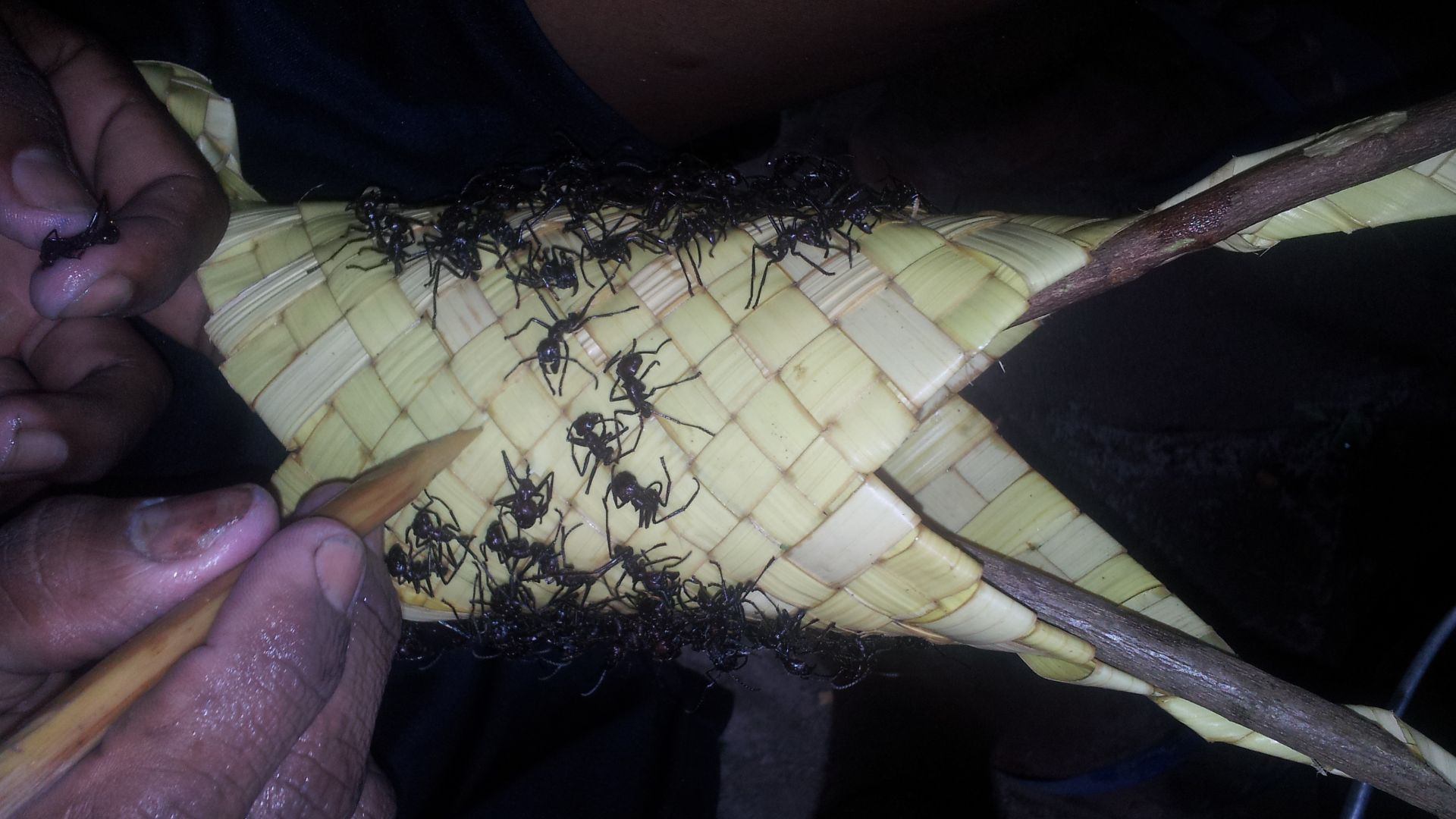 Joelma Monteiro de Carvalho, Wikimedia Commons
Joelma Monteiro de Carvalho, Wikimedia Commons
Women's Place In Mawé Society
Women are valued in Mawé society not just for their skills in raising children and farming, but also for their knowledge of medicinal plants. Female elders often play important roles in healing ceremonies. Women also go through their own rites of passage that are focused on fertility, strength, and care, but the bullet ant ritual is only for Mawé men.
A Living Culture
The Mawé are a living, changing people, not relics from the past. They maintain long-standing customs, but they also use technology like cellphones, radios, and solar panels—always according to their own rules. They also engage in political advocacy, sustainable trade, and ecotourism. As they forge a future grounded in ecological integrity and cultural pride, the Mawé continue to celebrate who they are.
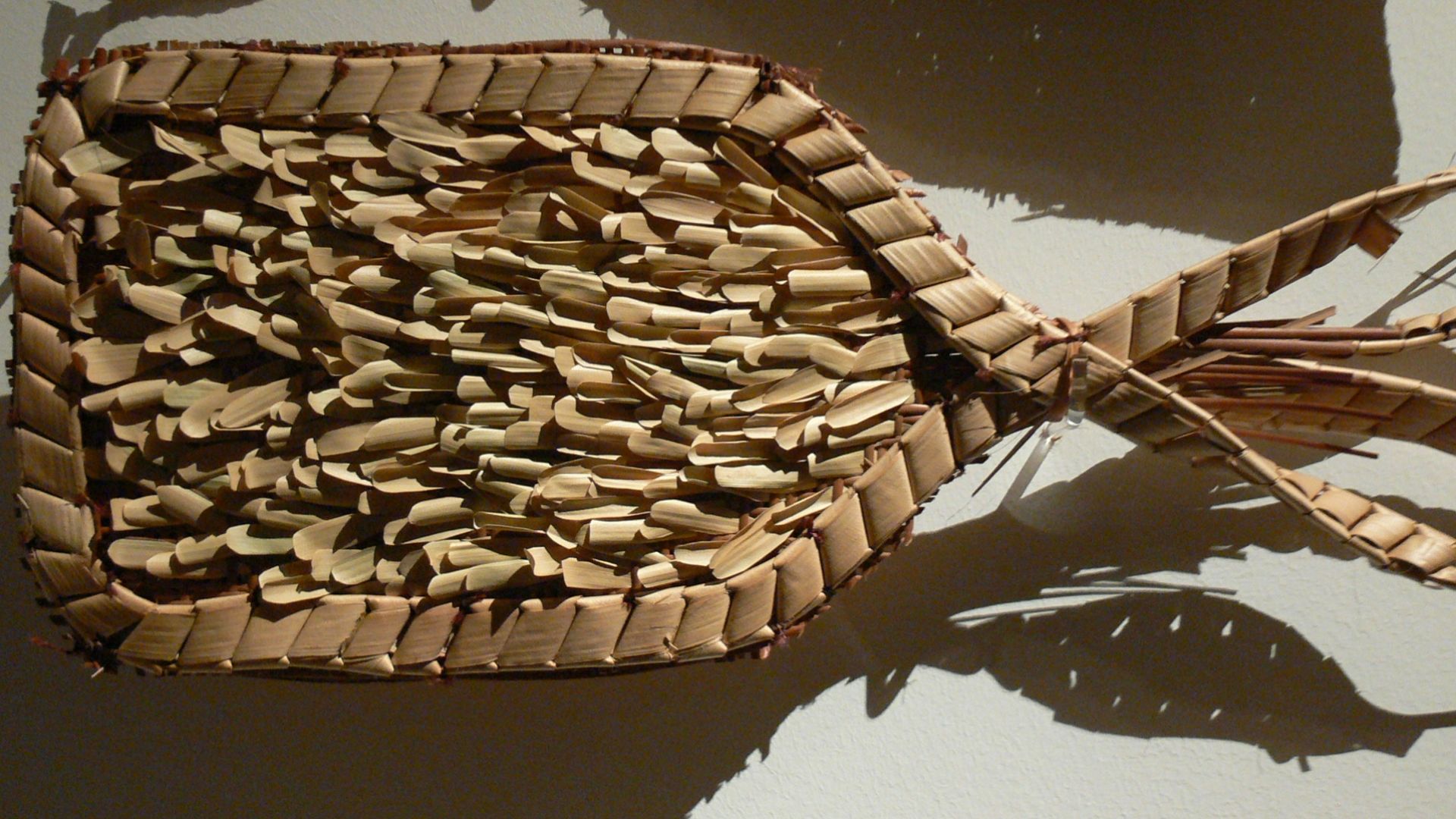 Wolfgang Sauber, Wikimedia Commons
Wolfgang Sauber, Wikimedia Commons
The Mawé’s Living Legacy
The Mawé have managed to preserve a way of life that values community, sustainability, and spiritual consciousness. Indigenous voices like the Mawé's need to be prioritized and respected as the world struggles with cultural loss and climate change. They fight to preserve an Amazonian way of thinking that benefits all of us.
You May Also Like:
The Jivaroan People Are The Amazon’s Fiercest Guardians
Inside The Hidden World Of Ecuador’s Last Uncontacted Tribe
The Truth About The Lumbee, The Most Controversial Native Tribe In America

